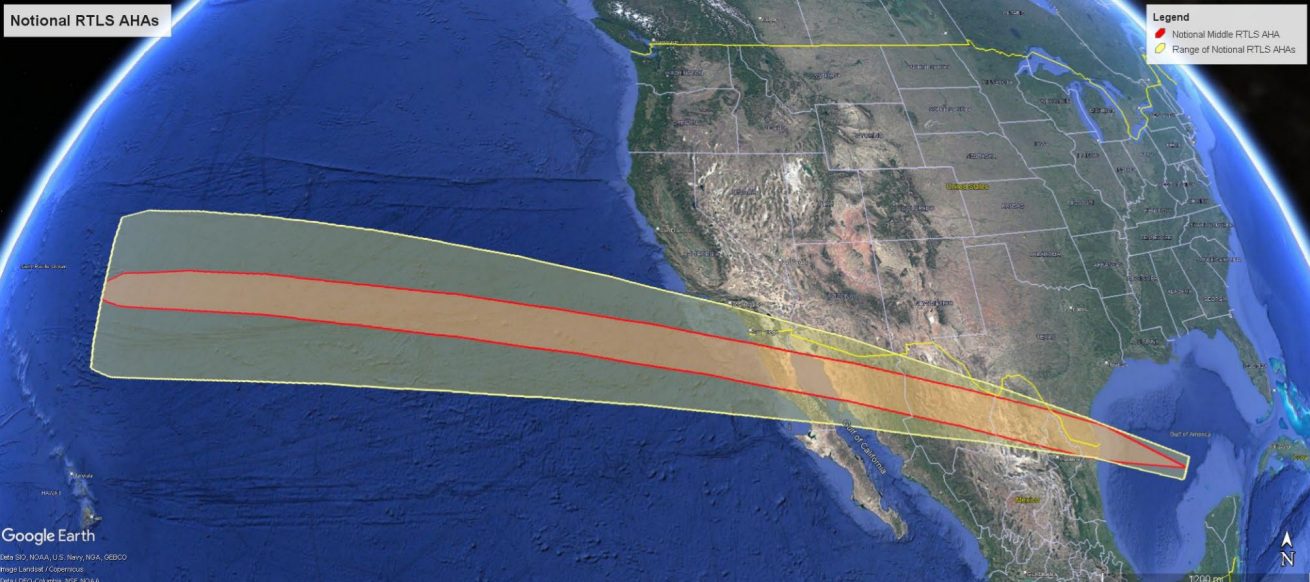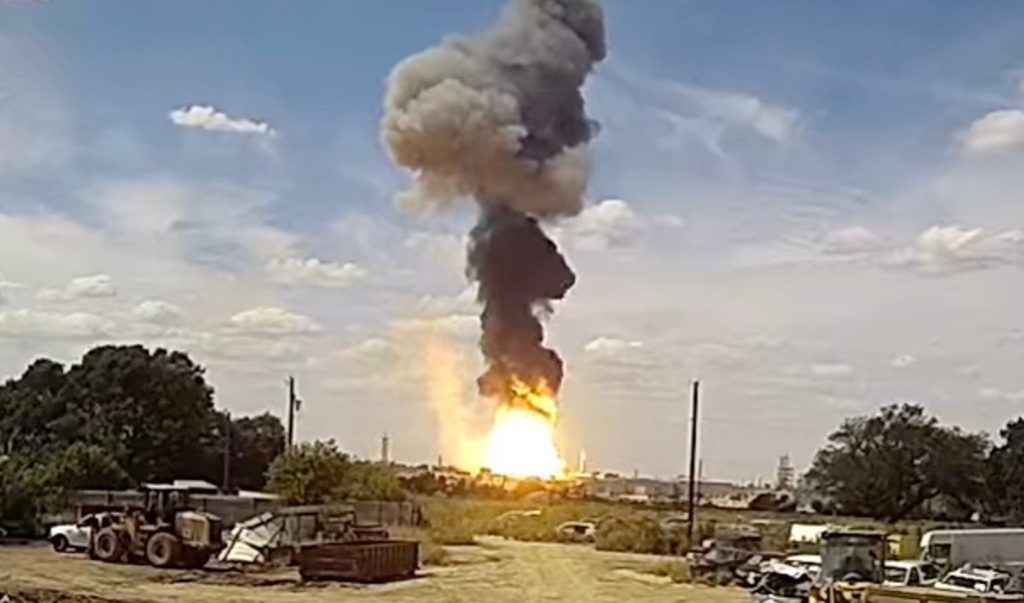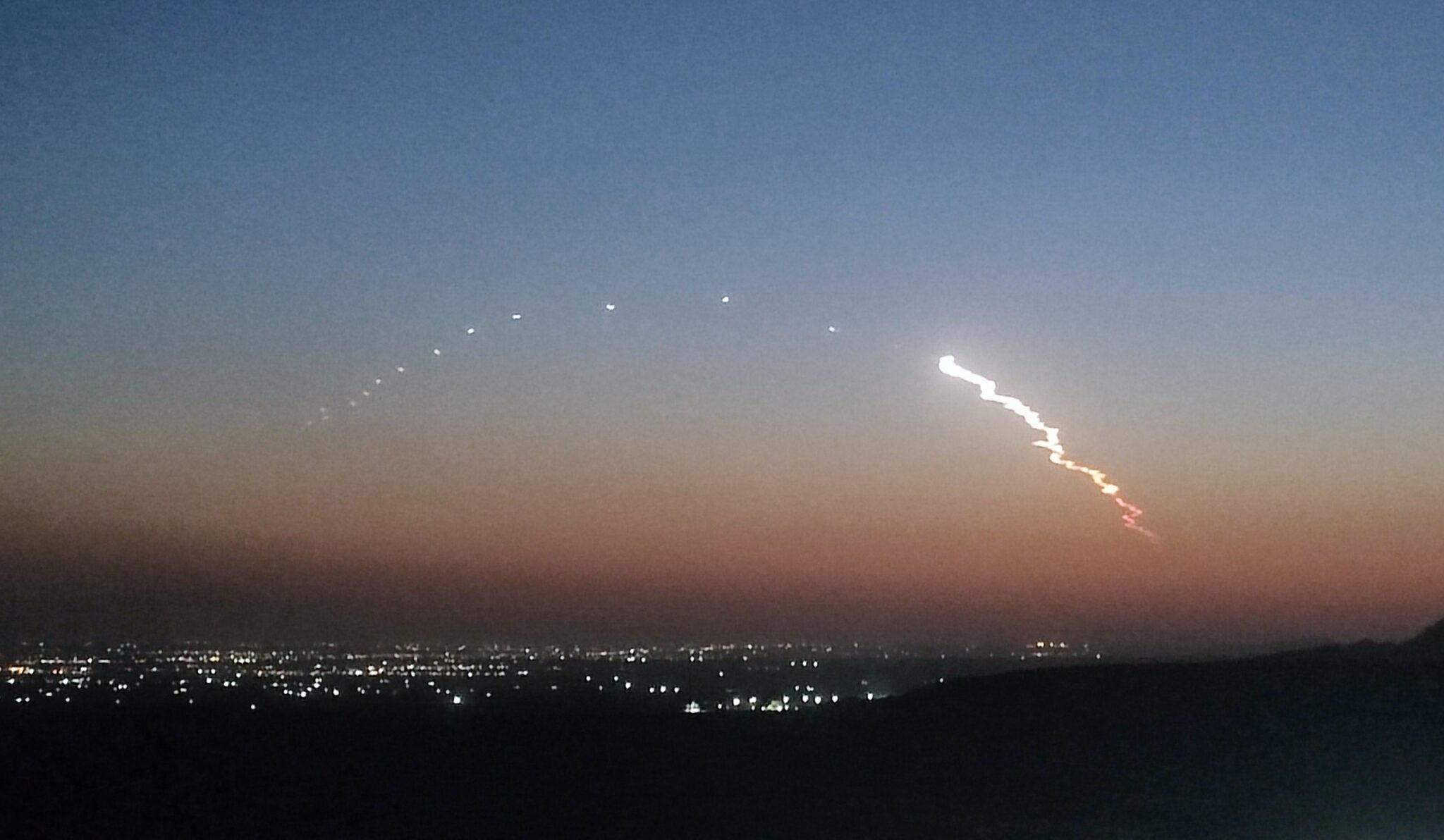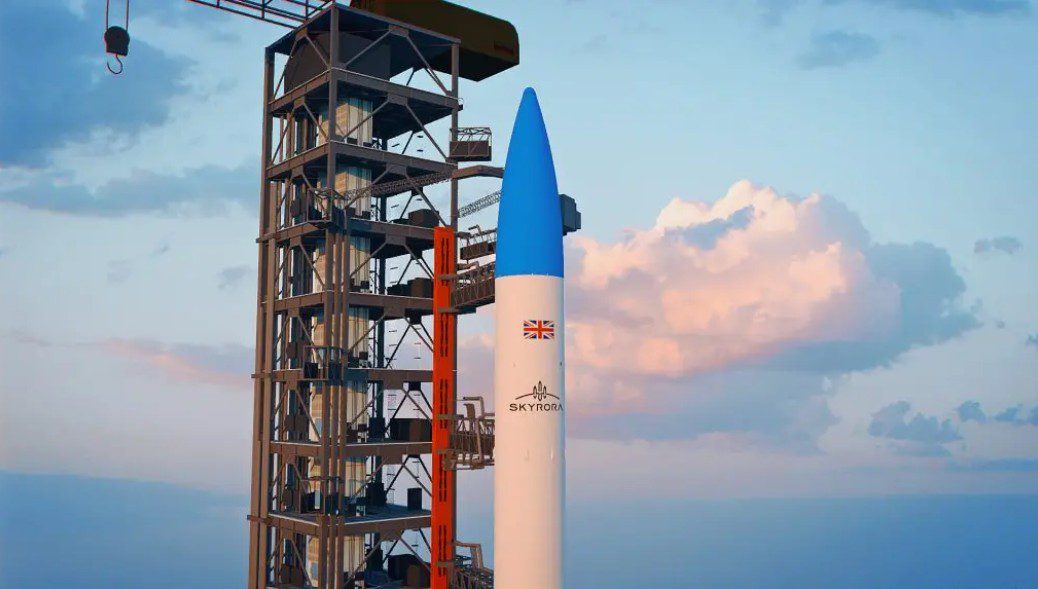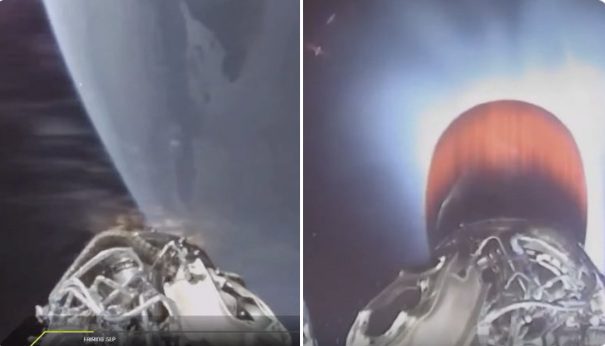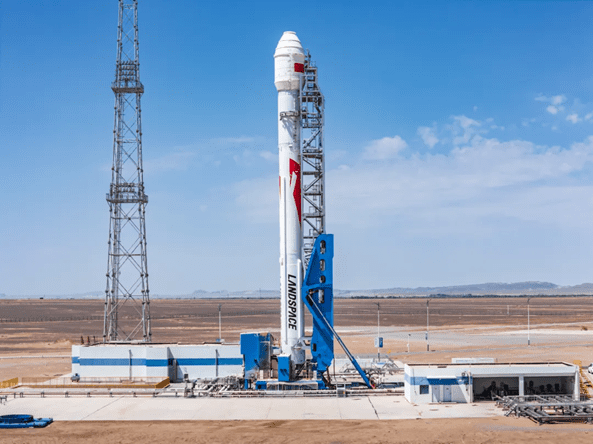The health and prospects of the Space Industry and Space Insurance market were the principal discussions at the inaugural Seradata Space Conference held in London on 9 June 2015.
Cubesats dominate growth in numbers but there is little money in there
Alan Perera-Webb, Manager at the space consultancy and launch arranger Commercial Space Technologies (CST) started the batting as he described the results of his firms work in conjunction with Seradata in studying current and upcoming launch systems.
Alan showed how cubesats were now starting to dominate the numbers of spacecraft launched. However, he cautioned that it would be the success or otherwise of the planned cubesat and small satellite constellations, which would define whether such small satellite sizes would be successful. There remains also a concern about how much debris that they might produce in low Earth polar orbits.
Alan noted that as it was, cubesats and minisats already becoming a driver for new lighter launch vehicles which are currently under development, either as stand alone rockets, or as part of flexible modular systems like Angara.
Consultant and former SSTL executive Andy Bradford echoed this caution, stating that while cubesat growth in pure numbers was impressive, in reality little revenue was generated by such systems, either for themselves or for manufacturers and launch providers.
Andy Bradford reiterated that power and optical limitations limited what could be achieved with small satellites and that expectations were sometimes too high about what could be achieved.
With respect to choice of orbit for communications satellites, Andy Bradford, noted that “latency” (signal delay) was a key driver of which orbits were chosen and knew from his own experience that satellite operators were prepared to accept mass growth for more radiation shielding – just so long as they were in the right orbit.
Into the lions’ den with ILS while Arianespace notes that operators want custom launches
Janice Starzyk, Direct of Sales and Marketing, International Launch Services (ILS) – the launch provider arm of Khrunichev, was effectively in the lions’ den given that the audience included a lot of insurers having to pay-out for the latest Proton/Mexsat 1 failure which was insured for US$390 million.
She was not given too hard a time however. While the information on that flight was limited, Janice Starzyk had an interesting tale to tell as she itemised how Russia was reorganising its industry into just one overarching company and space agency called Roscosmos with proven successful leaders being brought in from the aviation and car industries. For example, Andrey Kalinovskiy was named the Director General of Khrunichev in 2014, having previously been President of Sukhoi Civil Aircraft.
As for Khrunichev itself, well that firm will now give up all its other space activities (the Yakhta bus, the FGB module etc) to concentrate on launch vehicles – primarily the Proton being built in Moscow, and Angara which is being built at the Polyot works in Omsk – a city chosen due to its highly educated workforce given the number of technical universities it has. Omsk also has the advantage of having a cost of living and hence wage costs that are considerably less than Moscow.
Janice Starzyk also described how Russia’s launch industry was now copying economising techniques learned from their Western counterparts including using long term bulk ordering from their suppliers.
With respect to Angara, she noted how early flights of the South Korean KSLV which shares a nearly identical first stage to the Angara 1, was used to retire the risk for the RD-191 single chamber engine. The Angara 1.2 is expected to become operational in 2017 while the mid-size Angara 3 will start operations in 2018. However, it would not be until the 2020s that Proton is retired in favour of the Angara 5.
The marketing director of Arianespace, David Vivanco, gave an excellent presentation on the market drivers of the current launch business. He noted how the replacement of satellites for large commercial communications was less of a driver and that for the years 2011 – 2013, only 8 of the new satellites produced were as “replacements” for old satellites. The main drivers for new satellites he suggested were the demand for HTS (High Throughput Satellites), geographical expansion (as more countries wanted their own comsats), and new players entering the market.
While new technology was being added to spacecraft, sometimes it was being used in unexpected ways. It had been expected for example that electric propulsion advances would be used to make spacecraft smaller but this is not the case. “Operators are not using electric propulsion to reduce the size of satellites, but instead they are using it to raise the satellites’ “capacity” said David Vivanco.
He also noted that operators in their quest for market advantage that “Operators appear to want a higher technical risk”.With respect to the types of spacecraft being used, David Vivanco noted that there was a blurring of the lines dividing different divisions, with mobile and Fixed Satellite Services (FSS) often being offered on the same spacecraft. He noted that FSS had strong competition from fibre, while even mobile services had to contend with wireless terrestrial networks.
It would be how the evolving end user requirements panned out which the determinant of how satellites are used in the future. Andy Bradford concluded that it was not high end definition that was at the heart of consumer trends, but more simple novelty applications such as video sharing with financing by advertising which seemed to be the most successful.
The “financialisation” of operators whereby financial considerations became all important to them had had an impact on launch providers. David noted that while operators were price sensitive and would use cheap small satellites along with stacking techniques to get them onto dual launches where they could, in certain cases they also wanted tailored launch injection strategies to get their spacecraft to the right orbit. The problem with this was that it “hindered” launcher flexibility in not allowing satellites to move launch vehicles easily. Both David Vivanco and Janice Starzyk as well as other speakers thought that available launch capacity could be seriously affected if massive low Earth constellations as proposed by OneWeb and SpaceX come to fruition.
David Vivanco noted the new rockets about to arrive the market including the H3 from Japn, the Russian Angara, China’s Long March 5, the US Vulcan, and Falcon 9 Heavy and of course, the European Ariane 6. Recently the Ariane 6 has been proposed for a midlife update with a reusable first engine stage. David Vivanco was more cautious about how much cost advantage such a system would have on Ariane 6 noting that its solid boosters, tankage and upper stage will still be expendable. Nevertheless, once a rhythm has been set up he estimated that such a reusable engine module might save 10-20% of the cost of a launch.
High tech yields “Tutti-Frutti” satellites though the “Death Star” is too expensive
The technology panel pointed up a division in the wants and needs of operators. Sid Rao, Business Development Director of the spacecraft systems manufacturer, ComDev, noted that two-way transportation of data via High Throughput Satellties (HTS) was the way the industry was heading. Beam flexibility would be very important and demand often varied and certain fixed beams on conventional “Vanilla” satellites filled up much faster than others. The solution is to have steerable beams with variable power in a sort of “Tutti-Frutti” satellite.
Jestfully, Sid Rao noted that the ultimately and if their considerable cost allowed them to be built, there would be a “Death Star” communications satellites offering the ultimate world wide reach flexibility using phased array antenna technology with integrated low noise amplifiers.
Alan Howell, Chief Space Systems Architect of satellite operator, Inmarsat agreed, noting that dynamic beam forming and on board switching and fully digital signal processing would reduce the cost per bit but said that there were initial development cost, mass and power penalties to have such flexibility noting that modern digital processors already weigh 150kg and use 1.5kW of power.
Alan Howell agreed with the notions that new technology were being used to enlarge payloads rather than make spacecraft smaller. Both Alan Howell and Sid Rao agreed that demands for more spectrum meant that satellite operators were seeking frequency bands above Ka-band, in the Q- and V-band though both noted that rain fade would be even more difficult to counter. Optical/laser communications promised a lot of data rate capacity but only between satellites outside the atmosphere.
David Shaw, a former engineer and now Vice President of Risk Management and Innovation at SES noted that while operators wanted and liked new technology, they knew it had downsides. From his engineering perspective, he noted spacecraft with systems of at least three years heritage are best for reliability and that in his opinion by doing this at least 90% of in orbit losses could be avoided. This emphased that when new technology is introduced it needed extra testing and special treatment. David showed that most anomalies showed themselves in the first year how even changing location of a manufacturer could affect reliability as expertise is dispersed.



